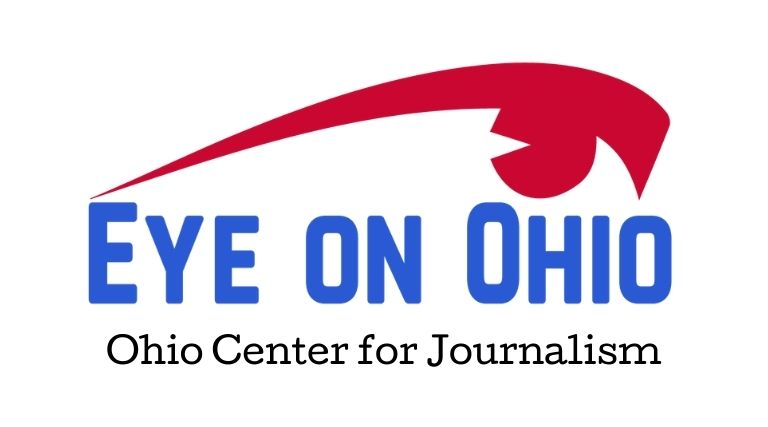-
Six key energy questions that winners of Ohio’s high court races will decide
Several energy and utility questions are likely to come before the Ohio Supreme Court in the next two years, including cases involving coal plant subsidies, HB 6 corruption, and renewable energy project siting. This story is a joint project of the nonprofit Energy News Network and Eye on Ohio, the nonprofit, nonpartisan Ohio Center for…
-
Special counsel hired to help PUCO with document requests has multiple ties to HB 6 push
Links include an HB 6 co-sponsor, a lobbyist for FirstEnergy’s former subsidiary, and a former partner who served as an officer for Generation Now This article is provided by Eye on Ohio, the nonprofit, nonpartisan Ohio Center for Journalism, in partnership with the nonprofit Energy News Network. Please join the free mailing lists for Eye…
-
Freeze of regulator’s HB 6 cases could further harm Ohio consumers
A federal prosecutor’s move to stay PUCO cases would thwart investigations behind FirstEnergy’s spending and other matters related to Ohio’s ongoing House Bill 6 corruption scandal. This article is provided by Eye on Ohio, the nonprofit, nonpartisan Ohio Center for Journalism, in partnership with the nonprofit Energy News Network. Please join the free mailing lists…
-
Giving back? Charities laud Columbia Gas in $212 million rate hike case
Charity groups often depend on utilities for funds to do good works, but rate hikes by those utilities can impose more stress on low-income people the nonprofit groups serve. This article is provided by Eye on Ohio, the nonprofit, nonpartisan Ohio Center for Journalism, in partnership with the nonprofit Energy News Network. Please join the…
-
Former PUCO chair texted he knew FirstEnergy charge was likely unlawful, but company would keep money anyway
Texts about the $456 million charge may further undermine public confidence in the PUCO. This article is provided by Eye on Ohio, the nonprofit, nonpartisan Ohio Center for Journalism in partnership with the nonprofit Energy News Network. Please join the free mailing lists for Eye on Ohio or the Energy News Network, as this helps…
-
Water bill woes part 2: What can Philadelphia learn from Cleveland’s water department?
Exploring what can be done to help cities’ poorest residents who struggle with water debt This is part two of a three-part series looking at the state of water affordability in Cleveland, Philadelphia and beyond, authored by the Northeast Ohio Solutions Journalism Collaborative in partnership with Resolve Philly in Philadelphia. You can find Part 1…
-
Dark money helped Ohio utilities subsidize coal plants, delaying climate action at ratepayers’ expense
The biggest corruption scandal in Ohio’s history happened right under people’s noses, and much of the law at its center remains on the books. This story originated from the Energy News Network and Eye on Ohio and is part of ‘Climate & Democracy,’ a series from the global journalism collaboration Covering Climate Now. By Kathiann…
-
Ohio regulatory judge steps back from FirstEnergy’s HB 6 cases after subpoenaed records reveal his role
Greg Price’s recusal comes shortly after newly released documents show he played a part in policy discussions on HB 6 and responses to the FirstEnergy scandal. This article is provided by Eye on Ohio, the nonprofit, nonpartisan Ohio Center for Journalism in partnership with the nonprofit Energy News Network. Please join the free mailing lists…
-
Peer support: how ordinary Ohioans are helping others break mental health barriers
By Christopher Johnston Four years ago, Rondye Brown reached “the darkest place” in his life. Feeling trapped in an endless cycle of crime, prison and substance abuse, Brown decided on what he believed to be his best solution. “I asked God to remove his hand from me, because I didn’t want to be in a…
-
How do public officials make Land Bank decisions? Artificial Intelligence may seek patterns
This project was funded by a grant from the Pulitzer Center and provided by Eye on Ohio, the nonprofit, nonpartisan Ohio Center for Journalism. Please join Eye on Ohio’s free mailing list as this helps provide more public service reporting to the community. By Lucia Walinchus and Emily Crebs Al Jenkins has what neighbors called…









